Search
Search Results
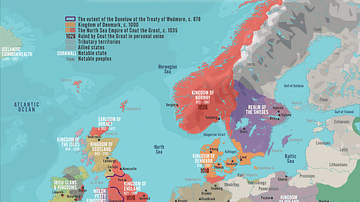
Article
The Danish Conquest of England
The Danish conquest of England was not a singular event, but a series of large Viking invasions of England between 1013 and 1016, which eventually overthrew the native English dynasty. As a result, four kings from the House of Denmark ruled...
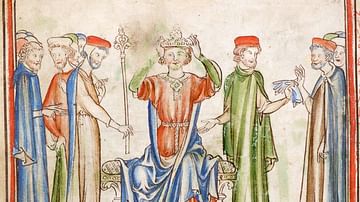
Definition
Harold Godwinson
Harold Godwinson (also spelt Godwineson) reigned briefly as King Harold II of England from January to October 1066 CE, the momentous year which witnessed the Norman conquest and end of 500 years of Anglo-Saxon rule. Harold had been, as the...

Image
Norman Invasion Fleet, Bayeux Tapestry
Panel 39 of the 11th century CE Bayeux Tapestry depicts horses and soldiers of the Norman fleet leaving their ships en route to Hastings for battle against the Saxons in 1066 CE. (Centre Guillaume le Conquérant, Bayeux, France)

Image
Norman Cavalry at Hastings, Bayeux Tapestry
A scene from the 11th century CE Bayeux Tapestry showing the Battle of Hastings in 1066 CE. (Centre Guillaume le Conquérant, Bayeux, France)
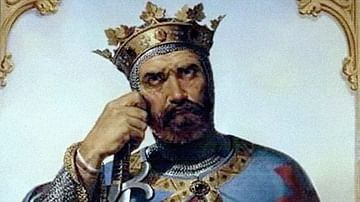
Image
Bohemund the Norman
A 19th century CE painting by Merry-Joseph Blondel of the Crusader knight and ruler of Antioch, Bohemund the Norman (c. 1054 - 1111 CE). (Palace of Versailles, France)
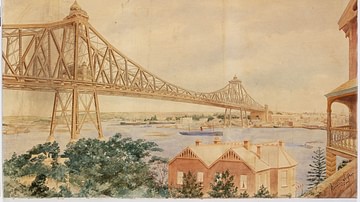
Image
Norman Selfe's Winning Design
Proposed Sydney Harbour Bridge, watercolour on 3 sheets of paper, on canvas lining, by Norman Selfe, c. 1903. Norman Selfe (1839-1922) was an Australian engineer, naval architect, inventor, urban visionary. In 1902, he won a competition for...

Article
The Changing Interpretation of the Spanish Conquest in the Americas
The fall in 1519 of Tenochtitlan, the capital of the Mexica or Aztec Empire, as it was later called, laid the foundation for the Spanish colonial empire on the North American mainland. It was the first time that Europeans had subjugated a...
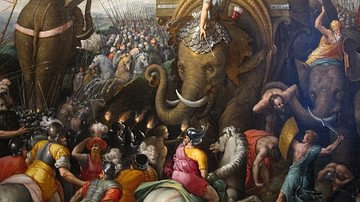
Article
The Battle of Zama - The Beginning of Roman Conquest
The Battle of Zama (202 BCE) was the final engagement of the Second Punic War (218-202 BCE) at which Hannibal Barca of Carthage (l. 247-183 BCE) was defeated by Scipio Africanus of Rome (l. 236-183 BCE) ending the conflict in Rome's favor...

Article
The Iberian Conquest of the Americas
European explorers began to probe the Western Hemisphere in the early 1500s, and they found to their utter amazement not only a huge landmass but also a world filled with several diverse and populous indigenous cultures. Among their most...

Definition
William the Conqueror
William the Conqueror (c. 1027-1087), also known as William, Duke of Normandy, led the Norman Conquest of England in 1066 when he defeated and killed his rival Harold Godwinson at the Battle of Hastings. Crowned King William I of England...